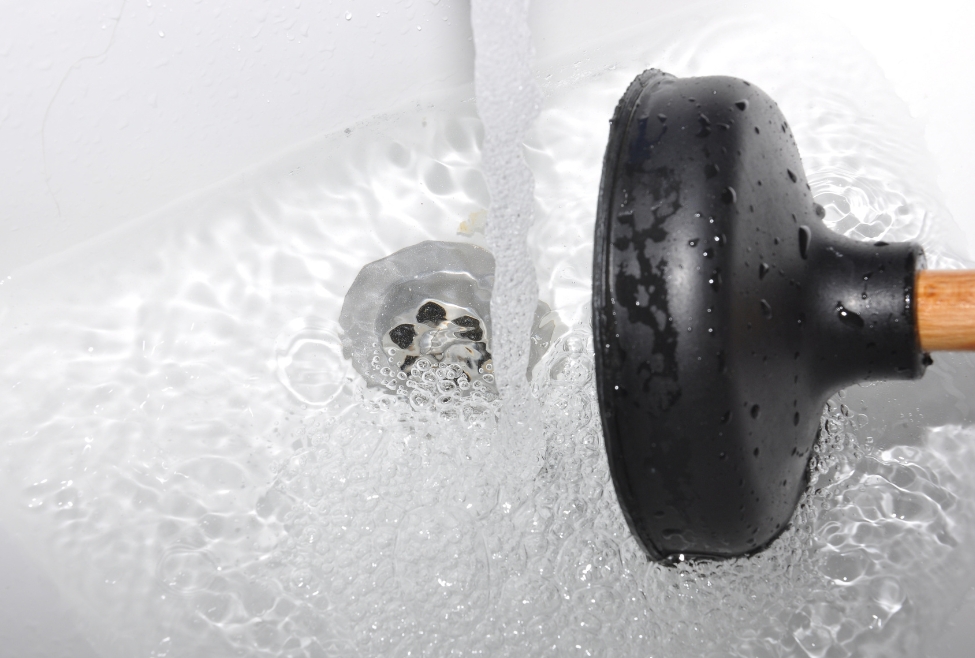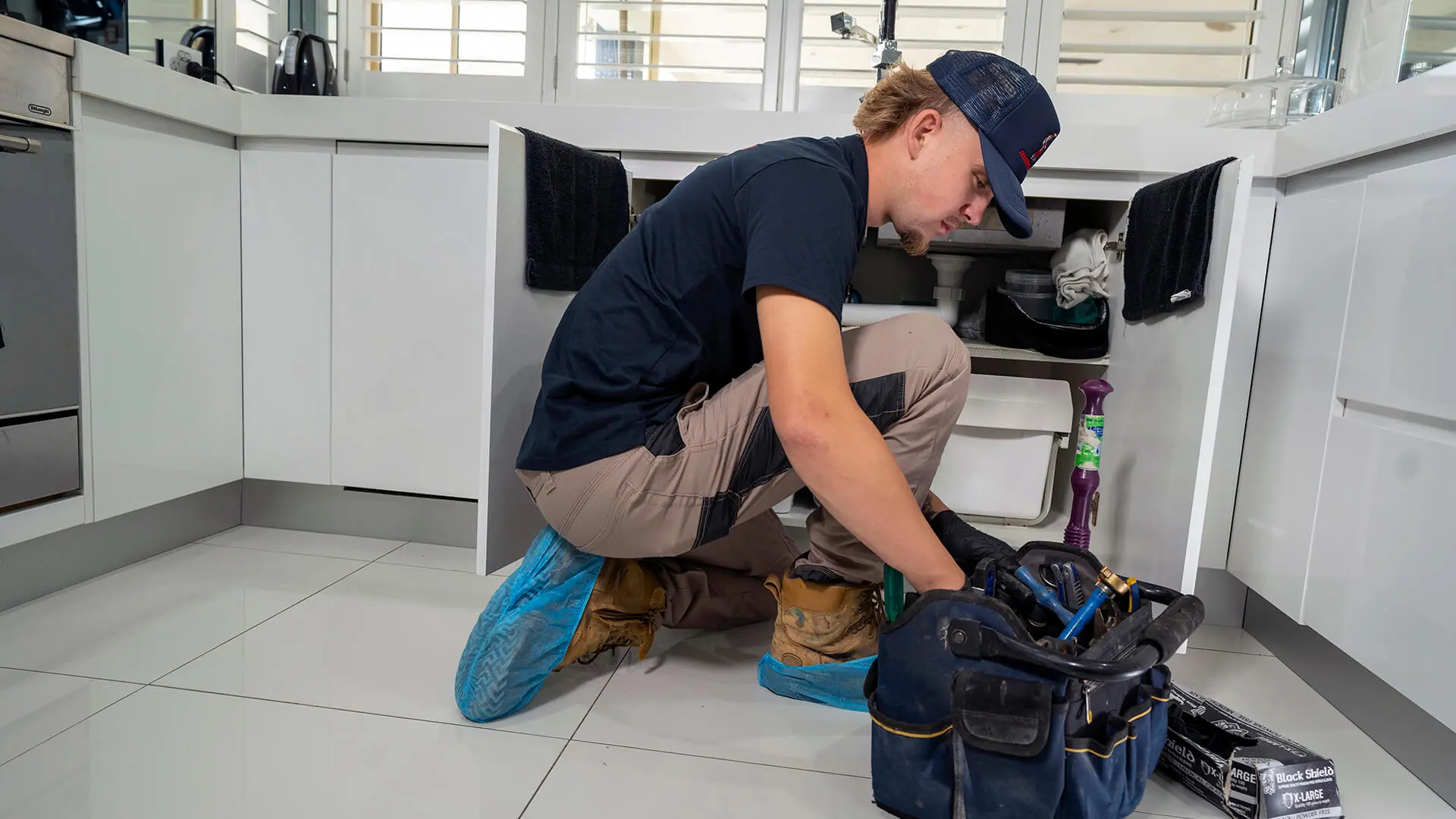Basic Ways To Resolve A Slow-Draining Sink
Basic Ways To Resolve A Slow-Draining Sink
Blog Article
The article author is making several great points on 4 Tips to Fix a Slow Draining Sink in general in this great article below.

Introduction
We've all been there: You're brushing your teeth or cleaning your hands, and you notice the water pooling in the sink. Rather than quickly swirling down the tubes, it sticks around, turning your once-refreshing morning routine into a small swamp scene. A slow-draining sink isn't just irritating; it's commonly an indication of larger pipes problems hiding below the surface. The bright side is that a lot of slow-draining sinks can be fixed with a little expertise, a few standard tools, and some patience. All set to tackle this project head-on? Let's roll up our sleeves and dive right in.
Recognizing the Root Causes Of a Slow-Draining Sink
Before you start poking around in your pipelines, it aids to know what could be creating the downturn. Recognizing the root cause makes it less complicated to select the ideal repair.
Usual Culprits Behind Slow Water Drainage
So, what's obstructing things up? Normally, it's a blend of daily particles-- believe hair, soap scum, toothpaste residue, and leftover food bits. Gradually, these little bits collect and cling to the pipe wall surfaces, slowly narrowing the passage and making it harder for water to pass through. In many cases, natural resource from difficult water can also add to the crud, creating the perfect tornado for stubborn obstructions.
When is it Time to Act?
If you notice the water draining pipes slower than normal, it's a good concept to intervene earlier rather than later on. Waiting too long could result in complete clogs, undesirable smells, or perhaps pipeline damages. If the water takes greater than a couple of seconds to clean out after shutting off the faucet, consider it a warning and get ready to put on your DIY hat.
Devices and Products You'll Require
The right devices make all the distinction. Thankfully, you won't need a fully stocked plumbing technician's van to do the job.
Essential Devices for Do It Yourself Fixes
A plunger is your go-to beginning factor. A tiny, sink-sized bettor develops suction that can displace small obstructions. For even more persistent clogs, a drainpipe serpent (in some cases called a plumbing technician's auger) works wonders. A pair of gloves, a flashlight, and possibly a pair of safety goggles are also handy.
Suggested Cleaning Solutions
Moderate recipe soap and hot water can aid break down greasy accumulation. A combination of baking soft drink and vinegar is a tried and true natural home remedy, and chemical cleansers offer a more eco-friendly method. Maintain chemical drain cleaners as a last resort, as they can be rough on your pipelines.
Safety First: Safety Measures and Prep work
Before you launch into unclogging setting, think of safety and security. You're dealing with potentially unclean water and debris, so slip on a pair of gloves. If you're making use of chemical cleaners, make sure the room is well-ventilated and follow the guidelines on the tag.
Safety Gear and Workspace Configuration
Set some old towels or dustcloths around the sink location to capture splashes. Remove any type of products that could enter your means, like soap dispensers or tooth brush owners. Make sure you have good illumination-- get hold of a flashlight if required.
Step-by-Step Overview to Dealing With a Slow-Draining Sink
Currently, allow's get involved in the nitty-gritty. This step-by-step process will certainly guide you with basic techniques to recover your sink's drainage.
Step 1: Get Rid Of and Tidy the Stopper
Typically, the stopper (that small plug you lower to obstruct water) is the first wrongdoer. Remove it meticulously and clean off any type of hair or crud caught around its base. Wash it extensively prior to putting it back in position.
Action 2: Use a Bettor to Dislodge Particles
Got that plunger all set? Position it over the drain and offer it a couple of company pumps. The idea is to create suction that can loosen up any obstruction. If you see bits of debris floating up, you're on the ideal track.
Step 3: Attempt a Drain Serpent or Cord Wall Mount
If the bettor doesn't do the trick, it's time to highlight the drain snake. Carefully feed it right into the drainpipe and spin as you go. You could really feel some resistance-- that's most likely the clog. Keep twisting and pulling up until you remove the obstruction. If you do not have a drainpipe snake, a straightened cord hanger can operate in a pinch.
Tip 4: Apply a Do It Yourself Drain Cleanser
A natural cleaner made from cooking soft drink and vinegar can break down residual crud. Put half a mug of cooking soda right into the drain, followed by half a mug of vinegar. Allow it fizz for about 15 mins, then flush with hot water. This chain reaction frequently does wonders for small obstructions.
Tip 5: Rebuild and Evaluate the Sink
Put whatever back together and run the faucet. Does the water now swirl down the drain at a reputable speed? If yes, provide yourself a pat on the back. Otherwise, do not anguish-- there are still a few more dress up your sleeve.
Alternate Methods for Stubborn Clogs
Not all obstructions are created equivalent. If your sink still declines to comply, think about these alternate remedies.
Sodium Bicarbonate and Vinegar Technique
We already discussed this, but it's worth noting once again. This gentle, environmentally friendly technique is more secure than chemical cleansers and often fairly reliable.
Chemical Drain Cleaners
Enzyme-based cleansers utilize natural germs to digest organic matter. They're a superb option if you're wanting to prevent harsh chemicals. Simply bear in mind, they might take a bit longer to work their magic.
Chemical Drainpipe Cleaners: Advantages And Disadvantages
Chemical cleansers can blow up through difficult blockages fast, but they're not without downsides. They can generate warm and fumes, damage pipes if used exceedingly, and position environmental dangers. Use them moderately, and constantly comply with the instructions thoroughly.
Safety Nets to Keep Your Sink Flowing
Avoidance is the very best cure. By taking on a few straightforward routines, you can maintain your sink from decreasing in the first place.
Regular Cleaning Behaviors
Wipe down the sink basin and component area frequently. Get rid of hair or food bits prior to they have a chance to wash down the drain.
Preventing Harmful Compounds Away
Reconsider before dumping coffee grounds, oil, or coarse vegetable scraps down the sink. These culprits hold on to pipe wall surfaces, creating clogs with time.
Regular Maintenance Checks
Set up a quick monthly examination. Run hot water with the sink for a couple of minutes, focusing on the flow. If it appears slow-moving, act fast before it comes to be a full-blown clog.
When to Call a Professional Plumber
Sometimes, regardless of exactly how difficult you try, that clog simply will not move. That's when it's time to bring in the pros.
Signs That Show an Extra Severe Issue
If your sink drains pipes gradually in spite of numerous attempts, or if you notice water backing up in other fixtures (like your shower or bathroom), you might have an extra major pipes issue hiding deeper in the system.
Stabilizing DIY Efforts with Expert Assistance
While DIY can conserve you cash and offer a sense of accomplishment, there's no pity in calling a specialist. A professional plumbing professional can assess your whole plumbing setup, making certain there's no underlying damages or long-lasting issue that can cost you a lot more in the future.
Contrasting Expenses and Long-Term Solutions
Prior to making a decision, take into consideration the big picture. A low-cost, quick fix may address the trouble briefly, however investing in an extra irreversible option might conserve you cash and tension in the future.
Evaluating the Costs of DIY vs. Specialist Fixes
Do it yourself solutions often set you back little bit greater than the cost of a bettor or a bottle of cooking soda. Specialist services, on the other hand, included a cost but might prevent repetitive concerns and expensive repair work later on.
Buying Quality Fixtures and Upgrades
If your sink's design contributes to constant clogs, it could be worth updating to higher-quality components or modifying the pipes design. Consider this an investment in your house's capability and comfort.
Final thought
A slow-draining sink can feel like a minor inflammation, yet it's usually an indicator that your pipes requires a little tender loving care. By understanding the root causes, utilizing the right tools and methods, and devoting to easy preventive measures, you can keep your sink streaming openly. And when all else fails, never ever think twice to employ an expert-- your home's plumbing deserves the investment in treatment and upkeep.
Three Common Ways to Fix a Slow Drain
Baking Soda Method
Boil a full pot of water. Measure out cup of baking soda and pour it down the drain. Then take cup of the magical cleansing substance known as white vinegar and drop that down there too. Allow the mixture to fizz in the drain for five minutes as the vinegar and baking soda combine. Now dump in that whole pot of boiling water. This combination of cleaning substances should clear out anything that is causing your sink to drain slowly. If it doesn t...
Zip-It
If the baking soda method doesn t clear out your drain, it may be because a significant amount of hair and/or other debris has collected there and you need to remove it. Purchase a Zip-It tool at any home improvement or hardware store and insert it into your drain. It will catch any collected hair or debris that s blocking the flow of water. Pull it out. If it s got a big clump of hair, etc. on the end, you ve probably got your culprit.
Drain Cleaner
If these methods don t work, there is the standard drain cleaner that you can also buy in a hardware store or even your local grocery store. It s better if you can use a household solution, but these drain cleaners often work in a pinch. They re very simple to use. You generally just dump them in your drain and wait. If even this method is not effective, it may be time to call the plumber.
https://www.mrrooter.com/oneida/about-us/blog/2017/july/three-common-ways-to-fix-a-slow-drain/

I discovered that content about How to Fix a Slow Draining Sink when doing a search on the internet. Do you know someone else who is interested by the niche? Feel free to promote it. Bless you for your time. Come back soon.
Call Today Report this page